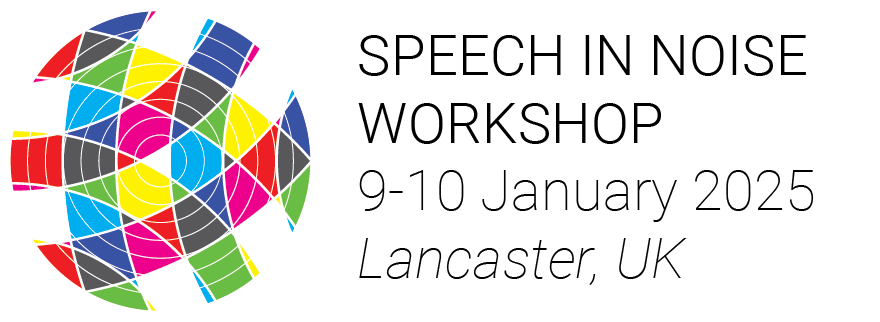Colin Cherry Award 2024
Caught in the cue: Multimodal attentional bias in alcohol and nicotine users
Substance users often exhibit an attentional bias towards substance-related cues, which is known to contribute to addiction development and maintenance. This bias can be demonstrated in a dot-probe paradigm, with faster responses to targets that are preceded by spatially congruent substance-related cues. The present study (N=99) investigates biases of auditory attention in alcohol and nicotine by presenting visual substance-related cues either spatially congruent or incongruent with an auditory target stimulus. Specifically, either a pure tone or a spoken sentence was presented to the left or right ear and participants were asked to localize the tone or to provide a true/false judgment to the sentence. Substance-related (alcohol- and nicotine-related images), affective, or neutral visual cues were presented either spatially congruent or incongruent with the auditory target. Based on self-reported alcohol consumption, participants were categorized as low-risk (n = 64) or high-risk (n = 35) drinkers, while for nicotine consumption, they were classified as non-smokers (n = 60), occasional smokers (n = 30), or regular smokers (n = 9). In the tone localization task alcohol-related cues elicited a stronger congruency effect in high-risk drinkers compared to low-risk drinkers. In the sentence judgment task, high-risk drinkers also provided more accurate responses when alcohol-related stimuli were presented congruently. For regular smokers, the opposite pattern was observed: their accuracy was notably higher in trials with incongruent smoking-related stimuli compared to congruent trials. Occasional nicotine consumers displayed a greater attentional bias than non-consumers in congruent trials. These findings are interpreted through the framework of the incentive-sensitization theory, suggesting that both visual and auditory cues may enhance craving responses in substance users. This study highlights the potential benefits of incorporating multimodal cues in interventions designed to reduce craving and modify attentional biases.

